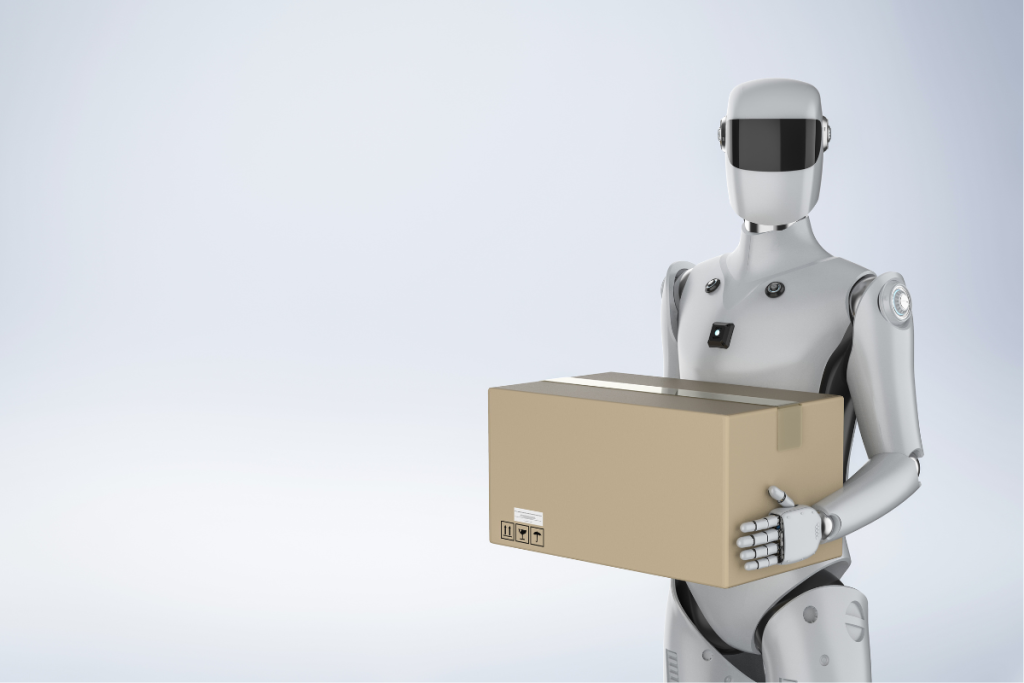Amazon is advancing its development of humanoid robots for doorstep deliveries, setting the stage for trials at its San Francisco offices as it seeks to expand the role of automation beyond the warehouse floor.
Humanoid Robots Poised for Final-Mile Trials
A new report from The Information reveals that Amazon has built an indoor testing area where these robots will undergo early obstacle-course trials. This marks a shift from Amazon’s warehouse-focused robotics initiatives to applications that reach directly to the consumer. The next step, according to the report, will involve testing the robots on real-world delivery routes. A driver in an electric Rivian van would oversee the route while the robot hops out to place packages on doorsteps.
Amazon’s robotics push has primarily centered on warehouse optimization. In recent years, the company has introduced robots that sort goods, shuttle inventory across floors, and assemble custom-sized packages. In early May, Amazon unveiled a tactile-sensing robot capable of picking and stowing goods from tight spaces, a move that reflects its ongoing investment in AI-driven handling systems.
Meanwhile, drone delivery pilots have been underway in Texas and Arizona since last year, reflecting Amazon’s multi-pronged strategy to test automation across different last-mile and fulfillment applications.
Expanding Robotics in Fulfillment Centers
Amazon’s humanoid ambitions took a leap forward in October 2023, when it began testing Agility Robotics’ Digit model in warehouses. Digit, designed to mimic human movement, can handle tasks like picking up empty totes and moving them across fulfillment centers. Amazon has described this as a way to relieve workers of repetitive tasks, rather than replacing them outright.
Agility aims to ramp up Digit production to 10,000 units annually, a sign of confidence in the commercial potential of humanoid robots in logistics settings. If successful, Amazon’s tests could point to a future where delivery robots share the same street routes as electric vans and drones—reshaping not only warehouse operations, but also the human-machine dynamic in the final mile.
A Strategic Leap for Last-Mile Delivery
While Amazon’s trials reflect a bold vision for humanoid delivery robots, they also raise questions about the balance between automation and human labor in last-mile logistics. Unlike warehouse environments, residential deliveries introduce variables, like uneven sidewalks and customer interactions, that may be harder for robots to navigate. Drawing from early drone deployment learnings, operational leaders might consider a hybrid approach where humanoid robots support, rather than replace, human couriers in dense urban markets. This approach could address both delivery efficiency and the need for trusted human presence at the customer interface.



